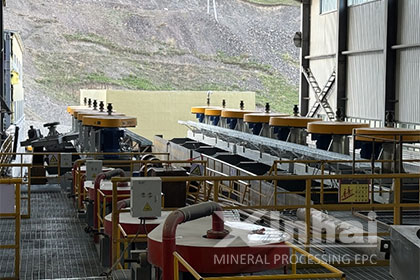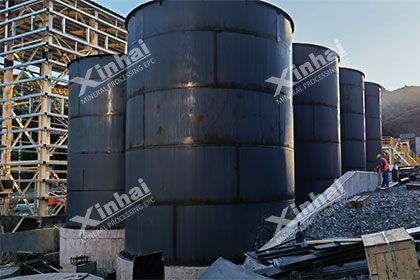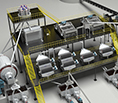Extraction of Cobalt: Methods, Technologies, and Industry Insights
 Sheena
Sheena
 Jun 13, 2025
Jun 13, 2025
 1707
1707
If you want to know more details about equipment, solutions, etc, please click the button below for free consultation, or leave your requirements!
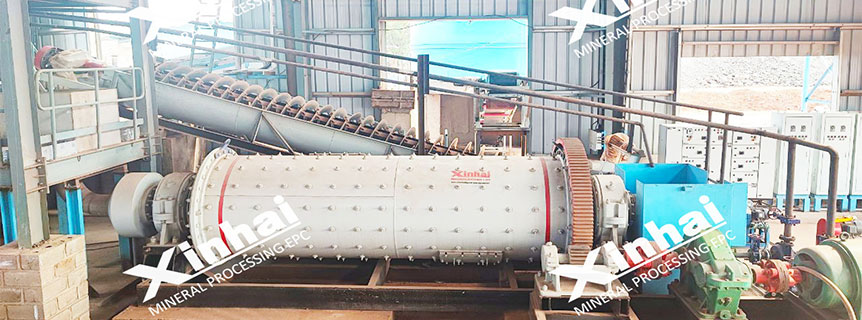
Cobalt-ore-dressing-plant
This article explores the cobalt extraction process, including key methods, sources, technological innovations, and environmental considerations. Whether you're a mining investor, industry professional, or curious learner, this in-depth guide covers everything you need to know about how cobalt is extracted and where the future of this strategic metal is headed.
01What Is Cobalt?
BackCobalt (Co) is a transition metal with magnetic, wear-resistant, and corrosion-resistant properties. Although cobalt rarely exists as a standalone mineral, it is typically found in conjunction with nickel, copper, and arsenide ores.
02Cobalt-Bearing Ores
BackThere are several types of ores from which cobalt is extracted:
1. Sulfide Ores
Often found alongside nickel and copper. These ores are processed using pyrometallurgy or hydrometallurgy.
2. Laterite Ores
Common in tropical regions. Extraction is more complex due to the high iron and aluminum content.
3. Arsenide Ores
These are rarer but historically significant. Processing requires strict environmental controls due to arsenic content.
03Cobalt Extraction Methods
Back1. Mining and Concentration
Cobalt ores are mined using open-pit or underground mining methods. Once mined, the ore is crushed, ground, and concentrated using flotation or gravity separation techniques.
2. Pyrometallurgical Processing
Involves smelting at high temperatures to separate cobalt from other metals.
Process Steps:
Roasting: Converts sulfides to oxides.
Smelting: Produces matte or slag rich in cobalt.
Refining: Electrorefining or chemical refining to obtain pure cobalt.
Pros:
Well-established
Suitable for sulfide ores
Cons:
Energy-intensive
Higher CO₂ emissions
3. Hydrometallurgical Processing
Increasingly popular due to its lower environmental footprint, hydrometallurgy uses aqueous solutions to leach metals.
Common Techniques:
Pressure Acid Leaching (PAL)
Solvent Extraction (SX)
Ion Exchange
Precipitation
Example:
Cobalt is leached using sulfuric acid and oxidizing agents like oxygen or manganese dioxide.
The solution is purified, and cobalt is precipitated as cobalt hydroxide or sulfate.
Pros:
Environmentally friendlier
Higher recovery rates
Cons:
More complex chemical handling
Slower processing time
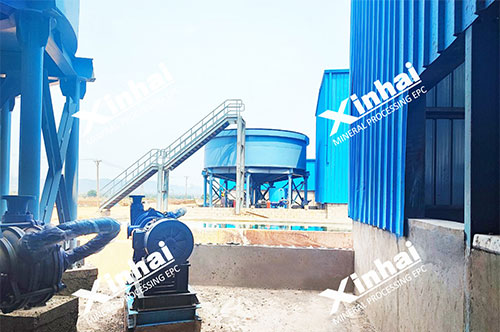
04Cobalt Recovery from Nickel and Copper
BackSince cobalt is usually a by-product, its recovery depends on the host metal:
Nickel Laterites: Cobalt is extracted alongside nickel via PAL.
Copper Sulfides: Cobalt is recovered from flotation tailings or copper electrowinning solutions.
05Emerging Technologies in Cobalt Extraction
Back1. Bioleaching
Uses bacteria to extract cobalt from ores at low temperatures. Promising for low-grade ores and waste material.
2. Deep-Sea Mining
Explores polymetallic nodules rich in cobalt on the ocean floor. Still controversial due to unknown ecological impacts.
3. Direct Lithium Extraction (DLE) with Cobalt Recovery
Integrated systems are being developed to recover lithium and cobalt from brines simultaneously.
06Conclusion
BackThe extraction of cobalt is a complex but essential process in today’s technology-driven world. From traditional mining to cutting-edge recycling, the industry continues to evolve in response to growing demand, environmental concerns, and geopolitical dynamics.
 +86 183 3575 8886
+86 183 3575 8886 pinklaurabao@gmail.com
pinklaurabao@gmail.com



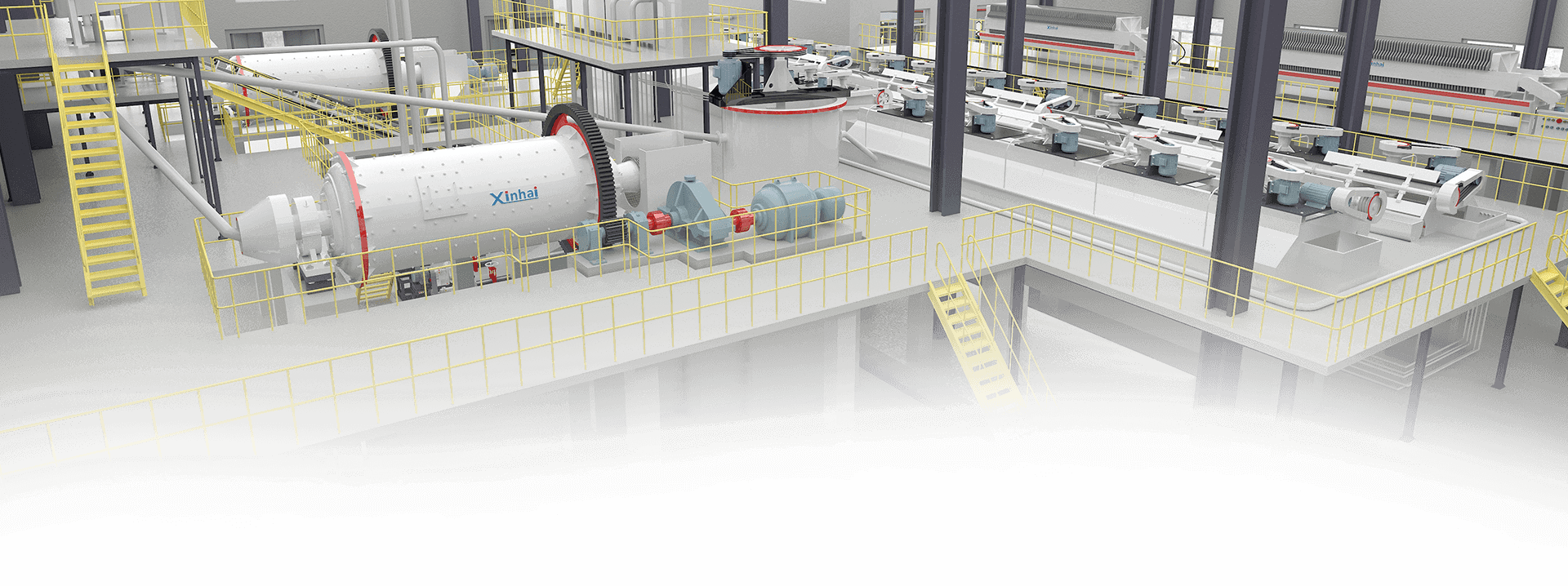
 Message
Message Chat Now
Chat Now


